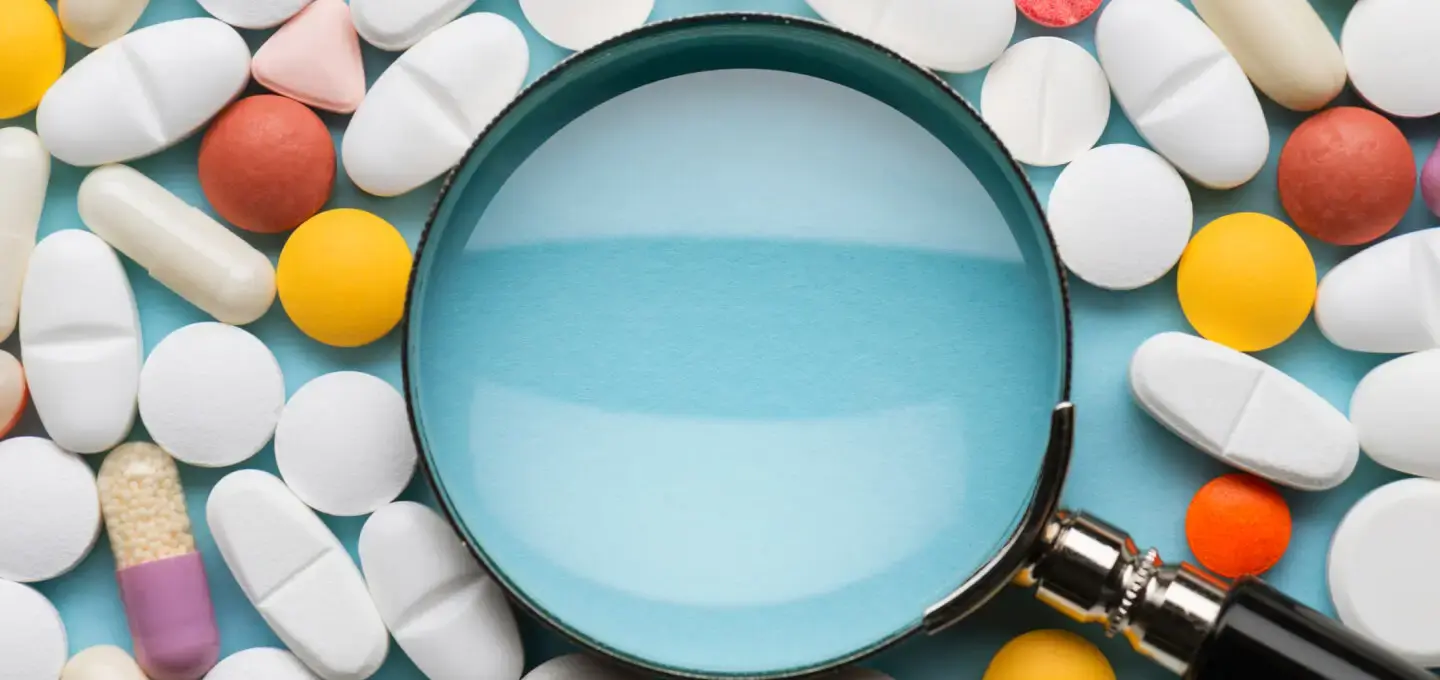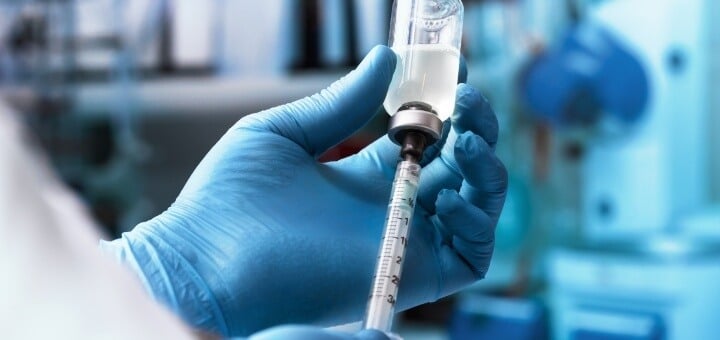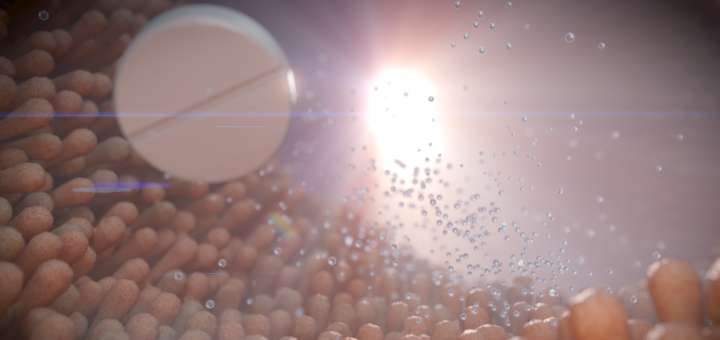Improving drug bioavailability is one of the most critical goals in modern pharmaceutical formulation, particularly as new compounds present increasing challenges related to solubility, permeability, and stability. Bioavailability—the rate and extent to which an active pharmaceutical ingredient reaches systemic circulation—directly impacts efficacy, dosing, and safety.
As pharmaceutical teams work with more complex molecules, traditional formulation techniques are often insufficient. Let's explore a few innovative solutions that address these limitations, with a focus on technologies and strategies that enhance solubility and absorption, improving overall clinical performance.
Article Contents
Understanding Bioavailability and Its Impact on Drug Performance
Bioavailability plays a key role in determining whether a drug will reach therapeutic levels in the bloodstream. Poor bioavailability can result from low solubility, degradation in the gastrointestinal tract, or insufficient permeability across biological membranes. These issues are particularly common in modern drug development, where new chemical entities (NCEs) often fall into BCS Class II or IV categories—compounds with low solubility and/or low permeability.
Effective pharmaceutical formulation aims to address these limitations early in development. A formulation’s ability to influence dissolution rate, protect the drug from degradation, and enhance permeability can dramatically improve clinical outcomes. From a regulatory and commercial perspective, achieving optimal oral drug bioavailability can also reduce variability in patient response and streamline approval processes.
Traditional vs. Modern Approaches in Pharmaceutical Formulation Development
Traditional pharmaceutical formulation techniques—such as salt formation, particle size reduction, and use of surfactants—have long been the standard for enhancing drug solubility and stability. While these methods are relatively simple and cost-effective, they often lack the flexibility to address the increasingly diverse and complex properties of today’s drug candidates. For example, many new chemical entities (NCEs) exhibit poor water solubility, low permeability, or instability in physiological conditions, making them difficult to formulate using conventional approaches alone.
Modern pharmaceutical formulation development incorporates a far more sophisticated toolkit. These methods are designed to optimize delivery at the molecular level, often using predictive modeling and high-throughput screening to evaluate formulation strategies early in the development process. By leveraging insights from biopharmaceutics, materials science, and process engineering, formulators can now tailor drug delivery systems to overcome specific barriers to bioavailability.
Some of the most promising advances include amorphous solid dispersions, which maintain a drug in its high-energy, solubilized state; lipid-based delivery systems that facilitate lymphatic absorption; and nanoparticles in drug delivery, which can increase surface area and target drug release. These innovations not only enhance solubility and absorption but also allow developers to better control pharmacokinetic profiles and patient outcomes.
Ultimately, the transition from traditional to modern formulation paradigms reflects a broader evolution in drug development—one that emphasizes precision, adaptability, and early-stage planning. For pharmaceutical teams aiming to meet today’s clinical and regulatory demands, aligning with CDMOs that offer advanced formulation capabilities is no longer optional; it’s a strategic imperative.
Innovative Formulation Strategies to Enhance Bioavailability
As drug molecules grow more structurally complex and poorly soluble, traditional formulation methods often can’t meet the required bioavailability thresholds. To address this, formulation scientists have developed a suite of advanced techniques specifically designed to improve absorption and therapeutic performance. These formulation strategies to enhance bioavailability offer more targeted, efficient delivery and have become essential tools in modern drug development.
One such strategy is the use of lipid-based delivery systems, which enhance solubility by dissolving the drug in lipid carriers. These systems not only improve absorption in the gastrointestinal tract but can also bypass first-pass metabolism through lymphatic transport, a major benefit for drugs with poor oral bioavailability.
Another powerful approach is the use of amorphous solid dispersions, which stabilize drugs in their high-energy, non-crystalline form. By preventing recrystallization and increasing the apparent solubility of a compound, this technique improves both dissolution rate and bioavailability, particularly for BCS Class II drugs.
Nanoparticles in drug delivery offer yet another innovative solution. Reducing particle size dramatically increases surface area, accelerating dissolution and enhancing cellular uptake. Nanoparticles can also be engineered for controlled release and targeted delivery, further improving clinical outcomes.
Other promising technologies include solid dispersion formulations using hydrophilic carriers and polymeric micelles, which help encapsulate and solubilize hydrophobic drugs. The selection of a formulation strategy depends on a detailed understanding of the API’s physicochemical characteristics, desired release profile, and target indication.

Overcoming Challenges with Poorly Soluble or Unstable Compounds
Formulating drugs with low bioavailability presents significant challenges. Poorly soluble compounds often face dissolution issues, where they fail to dissolve in the gastrointestinal tract in sufficient amounts for absorption. Similarly, unstable compounds may degrade before they can reach the site of action, further reducing their effectiveness.
Advanced formulation strategies to enhance bioavailability, such as amorphous solid dispersions and lipid-based delivery systems, address these challenges by improving solubility and stability. By selecting the appropriate formulation, these strategies allow for better absorption, enhanced therapeutic outcomes, and reduced variability in drug performance, especially for compounds with poor inherent bioavailability.
Furthermore, modern drug development often involves optimizing pharmacokinetics, using technologies like nanoparticles in drug delivery to control the rate and extent of absorption, helping to overcome these obstacles. By tailoring formulations to the specific properties of each compound, pharmaceutical scientists can deliver more effective and consistent therapies.
Selecting the Right Formulation Approach in Clinical Development
Choosing the optimal formulation strategy is a critical decision in early drug development. It requires a thorough evaluation of the compound’s physicochemical characteristics—such as solubility, stability, permeability, and particle morphology—as well as its intended route of administration and therapeutic goals. Missteps at this stage can lead to downstream complications in clinical trials, manufacturing, and regulatory approval.
For compounds with poor solubility or instability, strategies like solid dispersion formulation, amorphous solid dispersions, or lipid-based delivery systems may provide the most value. Drugs with low permeability might benefit from nanoparticulate or micellar systems to facilitate transport across biological membranes. Understanding these trade-offs early helps development teams avoid costly reformulation later in the process.
A data-driven approach is essential. High-throughput screening, predictive modeling, and in vitro/in vivo correlation (IVIVC) techniques can inform formulation selection and reduce development risk. Moreover, aligning the formulation strategy with clinical trial design and regulatory requirements ensures a smoother path from bench to bedside.
UPM Pharmaceuticals supports sponsors throughout this critical phase by integrating preformulation testing, analytical development, and scalable manufacturing capabilities. Our cross-functional teams help identify the most promising formulation strategies based on the compound’s profile and the sponsor’s clinical objectives. For more on how UPM navigates these complexities, see our Drug Development Process page.
UPM Pharmaceuticals’ Role in Formulation Innovation
UPM Pharmaceuticals plays a pivotal role in helping pharmaceutical companies bring complex drug products to market through advanced pharmaceutical formulation development. Our team can help in overcoming bioavailability challenges by identifying the most appropriate technologies and analytical methods during early-phase development. This includes expertise in developing solid dispersion formulations, lipid-based systems, matrix formulations and particle coating other processes tailored to poorly soluble or challenging compounds.
UPM supports formulation from preclinical proof-of-concept through commercial manufacturing, with a focus on scalability, regulatory alignment, and quality. Our integrated approach ensures that formulation strategies are both scientifically sound and commercially viable—helping sponsors reduce risk and accelerate timelines.
By leveraging in-house capabilities in analytical testing, process development, and cGMP manufacturing, UPM provides a seamless path from formulation concept to clinical execution. Learn more about our Formulation and Analytical Development services.
FAQs About Bioavailability
The following questions address key concerns that pharmaceutical professionals often face when considering how to improve bioavailability through formulation. These insights build on the content above and provide practical guidance for formulation planning and development.
What role do nanoparticles play in enhancing drug bioavailability?
Nanoparticles improve bioavailability primarily by increasing a drug’s surface area, which enhances dissolution rate and absorption. They can also enable targeted delivery and controlled release, making them especially useful for drugs with poor solubility or permeability. Nanoparticle systems are increasingly being applied in both oral and parenteral formulations to improve therapeutic outcomes.
How do you select the right formulation strategy for a specific drug compound?
Selecting the right strategy requires analyzing a compound’s solubility, permeability, stability, and intended route of administration. Formulators often use in vitro screening and modeling tools to predict how a drug will behave in the body, narrowing down the most appropriate approaches such as lipid-based systems, amorphous dispersions, or nanoparticle technologies.
Are there regulatory guidelines for enhancing bioavailability through formulation?
Yes, regulatory agencies like the FDA and EMA provide detailed guidance on enhancing bioavailability, particularly regarding bioequivalence studies, excipient selection, and stability requirements. It’s important that any formulation strategy aligns with these expectations to facilitate smooth progression through clinical development and regulatory review.
CONTACT US
Partner with UPM Pharmaceuticals for Smarter Formulation Solutions
Whether you're working with a poorly soluble API or seeking to optimize clinical outcomes through strategic formulation, UPM Pharmaceuticals offers the expertise, technology, and scalability to support your goals. Connect with our team to learn how our formulation and analytical development services can help you improve bioavailability and move your program forward with confidence.
Contact UPM Pharmaceuticals to start a conversation.
Let's Talk
